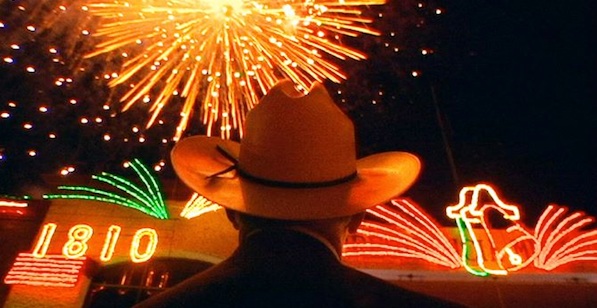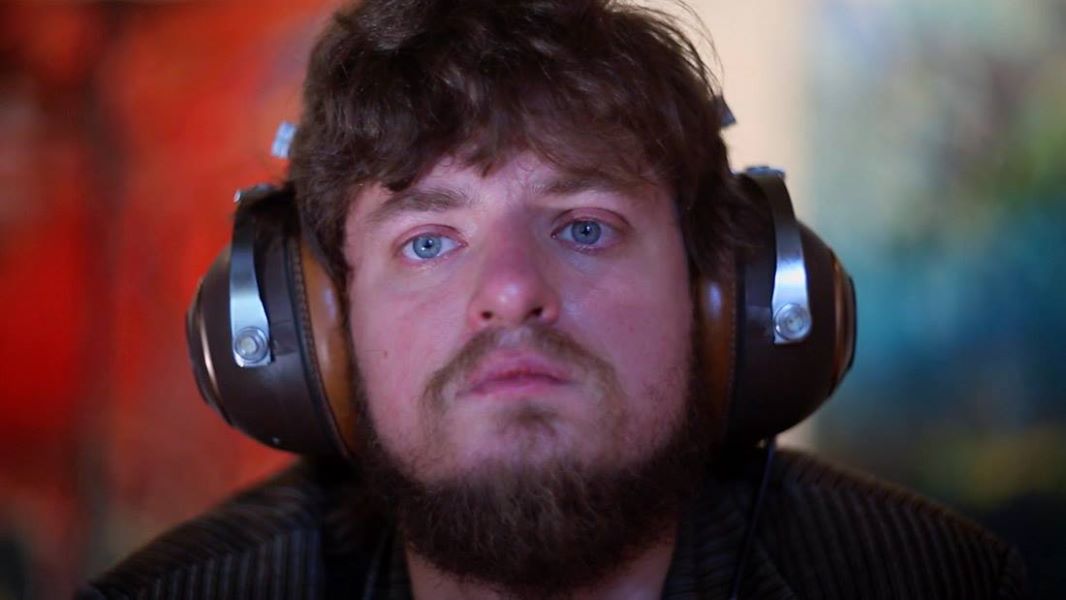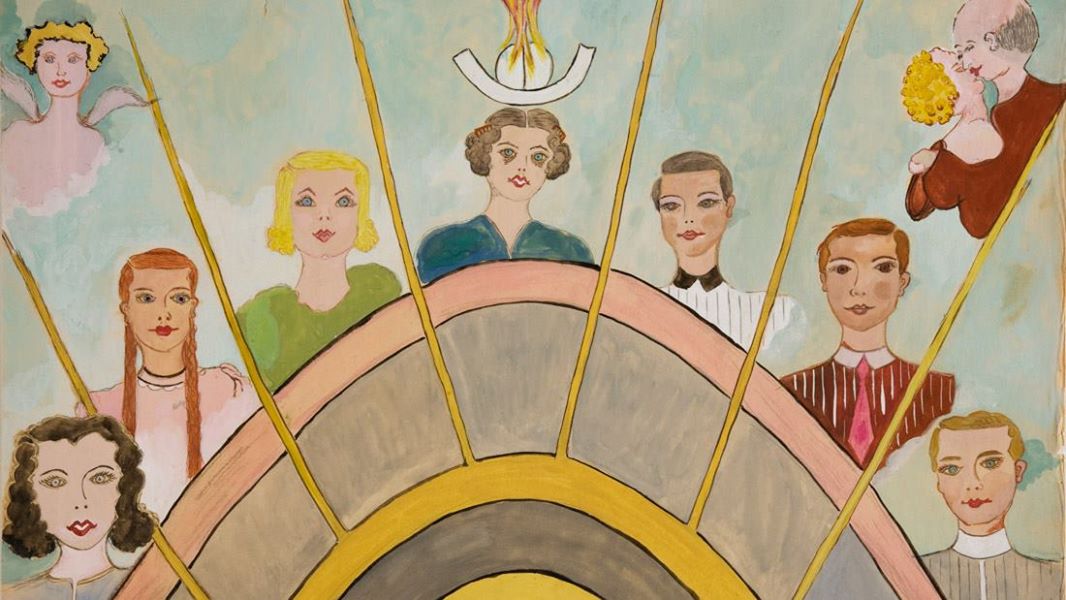
Three spectacular cinema vérité documentaries not only led the pack for me at this year’s Sundance, they also each won major awards:
Hao Zhou and Qi Zhao‘s The Chinese Mayor (China), which won the World Cinema Documentary Special Jury Award for Unparalleled Access, followed the Mayor of China’s forgotten city Datong as he single-handedly attempted to reconstruct it. Turner Ross and Bill Ross IV‘s Western (U.S.), which won the U.S. Documentary Special Jury Award for Verité Filmmaking is the perfect counterpoint as it follows the Mayor of Eagle Pass, Texas, a border town of Piedras Negras, Mexico, as he attempts to forge an understanding between both nations in the midst of modern-day frontier fighting. And lastly, Kim Longinotto’s Dreamcatcher (U.K.), which won the World Cinema Documentary Directing Award, follows a survivor of twenty-five years of drug-addicted prostitution, who now “works the streets” day and night, in the attempt to help the women of today (from condoms to safe-houses) who are stuck in their own situations.
Resisting the modern documentary “talking head” convention, all three of these observational journeys place you among their protagonists and allow you to discover the day-to-day struggles as they reach toward something much larger. Whether the films prove or disprove the idea that one person can make a difference within our established systems, that is most definitely up to you and the long discussions that these films will bring.

Chad Gracia’s The Russian Woodpecker (U.K.) explores the massive unknowns about the 1986 Chernobyl “accident” by utilizing many storytelling techniques, ultimately winning him the World Cinema Documentary Grand Jury Prize. The film’s young Ukrainian crusader Fedor Alexandrovich has the hypnotic power to become a generation’s counter-culture icon while the history lessons of the many interviews in this vibrant piece should leave most audiences completely stunned. Passionate, audacious and revolutionary, both the film and its inhabitants are uninterested in just standing around as our current world spins. Paired with Sergei Loznitsa‘s Maidan (2014) cinema vérité masterpiece of last year’s civil unrest in the Ukraine and you’ll have a basic understanding of what looks like an impending war. Watch at all costs.
Bobcat Goldthwait‘s Call Me Lucky (U.S.) showcasing the satirically psychotic Barry Crimmins brought the World Premiere audience to a standing ovation. Emotionally gripping and maturely made by Goldthwait, “comedian” Crimmins uses his own life’s tribulations to reveal what the greatest of the game have done before and after (Richard Pryor, Louis C.K.)… tell the bitter truth.
While Greg Whiteley’s Most Likely to Succeed (U.S.) gave a solid voice to the progressive curriculum at San Diego’s High Tech High, which “replaces standardized tests and compartmentalized subjects with project-based learning and critical thinking skills,” Tony Vainuku and Erika Cohn’s In Football We Trust (U.S.) gave hope toward “the personal journeys of four talented Polynesian high school football players in Utah as they strive toward their lifelong, and potentially life-changing, goal of professional recruitment.” Both films brought up the pit-falls of contemporary education both at the schools and in their respective homes.
Ilinca Calugareanu’s Chuck Norris vs. Communism (U.K.) is perhaps the festival’s biggest enigma. Exploring Romania in the 1980s, a VHS underground circuit infiltrated the Nicolae Ceaușescu regime, bringing the films of Jean-Claude Van Damme and Sylvester Stallone to hundreds of neighborhood’s back rooms. The film’s extraordinary events unfold like an 1980s Action film and yet the eighty minutes feel repetitive. Perhaps someone will remake the film into a full-blown narrative?!

Liz Garbus’ What Happened, Miss Simone (U.S.) uses a stunning amount of found footage to expose the singer’s difficulty with the political atmosphere of the 1960s, the record industry and her own demons. The film has the power to break both the hearts of fans and those unfamiliar with Nina Simone alike.
Louise Osmond’s Dark Horse (U.K.) which won the World Cinema Documentary Audience Award, follows a dozen farmers and coal miners in the early part of 2000, who banded together (ten pounds a week) and bred a racehorse. The results are quite enjoyable bringing in a wonderfully inspired allegory for underdogs in the class hierarchy.
Both Rodney Ascher‘s The Nightmare (US) and Michael Madsen’s The Visit (Denmark/Austria/Ireland/Finland/Norway) sought to uncover supernatural mysteries by way of reenacting their subjects’ stories. Rodney Ascher’s follow up to Room 237 (2012) and his stunning 2010 short, S From Hell, had mixed approaches to eight cases, which all suffered from sleep paralysis. Some sequences reached some truly creepy tones especially when during the interview a man had to turn himself completely around to make sure “The Shadow Man” was not creeping up behind him, but most felt like hokey X-Files knock-off specials, with (purposefully?) silly SFX and a slight mocking tone making it extremely uncomfortable to listen to the fairly unreliable subjects. These people were most definitely going through some major psychological problems and you have to wonder how Ascher’s film affected them.
Whereas veteran Danish filmmaker Michael Madsen’s The Visit created a truly transfixing “what if” scenario towards an extra-terrestrial “visit,” interviewing specialists from NASA, the United Nations and the SETI (Search for Extraterrestrial Intelligence) Institute. This surreal and even experimental escapade proposes (and perhaps predicts) the first visit from higher beings. The sequences are hauntingly delivered in amplified slow motion (camerawork by Heikki Färm), giving each existential question ample amount of time for an audience member to wrestle with its immense ramifications. Not unlike Jonathan Glazer’s Under the Skin, the film has the power to disassociate members of its audience from the human race and explore what in fact we actually are and why we are crawling around this planet.

This year’s short films were truly spectacular and watching both programs left me wanting to experience even more from the supposed 8,000 submissions. Lena Dunham and Matt Wolf’s It’s Me, Hilary: The Man Who Drew Eloise (U.S.) kicked off the “Long Form” program with an extremely accessible piece about the difficult struggles of Hilary Knight, the cartoonist of the 1950s character Eloise. With Dunham defining herself (with an Eloise tattoo no less) and Knight sharing his lifelong struggles, this thirty-six-minute flick is sure to draw in new fans from all over. But it was the film that preceded it, Pia Borg and Edward Lawrenson’s Abandoned Goods (U.K.) that truly took my breath away. Following patients who were committed to an England psychiatric hospital between the years 1946 and 1981, the astounding found footage and artwork created show the desperate and horrific conditions that society kept these lost souls within. Outsider Art fans need to track down this short film at all costs.
Standouts from the “Short Form” program were Joe Callander’s Midnight Three and Six (U.S.), a wonderfully homemade twelve-minute piece about “A mother who awakens at midnight, 3:00 a.m., and 6:00 a.m. every day so her diabetic daughter will wake up in the morning.” Her life-saving dog is worth admission alone. Kitty Green’s Face of Ukraine: Casting Oksana Baiul (Australia) which won the Non-Fiction Short Film Jury Award showcases multiple young girls from Ukraine who each give their audition as the Olympic champion figure skater Oksana Baiul. Needless to say tears are shed on and off the screen during this seven-minute film. Elizabeth Lo’s Hotel 22 (U.S.) follows the 22-line bus in Silicon Valley all through the night as it transforms into an “unofficial shelter for the homeless.” But nothing can prepare you for Paulina Skibińska’s Object (Poland), which won the Short Film Special Jury Award for Visual Poetry. This fifteen-minute descent into an “underwater search in the dimensions of two worlds—ice desert and under water—told from the point of view of the rescue team, of the diver, and of the ordinary people waiting on the shore.” This film belongs alongside Harvard’s most recent entries from Sensory Ethnography Lab (Leviathan, Manakamana, Sweetgrass, etc.) and hopefully someone in the Bay Area will play it loud and on a big screen.
1. Object (Poland, Paulina Skibińska)
2. Western (U.S., Turner Ross and Bill Ross IV)
3. The Chinese Mayor (China, Hao Zhou and Qi Zhao)
4. The Visit (Denmark/Austria/Ireland/Finland/Norway, Michael Madsen)
5. The Russian Woodpecker (U.K., Chad Gracia)
6. Call Me Lucky (U.S., Bobcat Goldthwait)
7. Dreamcatcher (U.K., Kim Longinotto)
8. What Happened, Miss Simone (U.S., Liz Garbus)
9. Abandoned Goods (U.K., Pia Borg and Edward Lawrenson)
Jesse Hawthorne Ficks is the Film History Coordinator at the Academy of Art University and curator/host of MiDNiTES FOR MANiACS, a film series at the Castro Movie Theatre which showcases underrated, overlooked and dismissed cinema in a neo-sincere manner.



